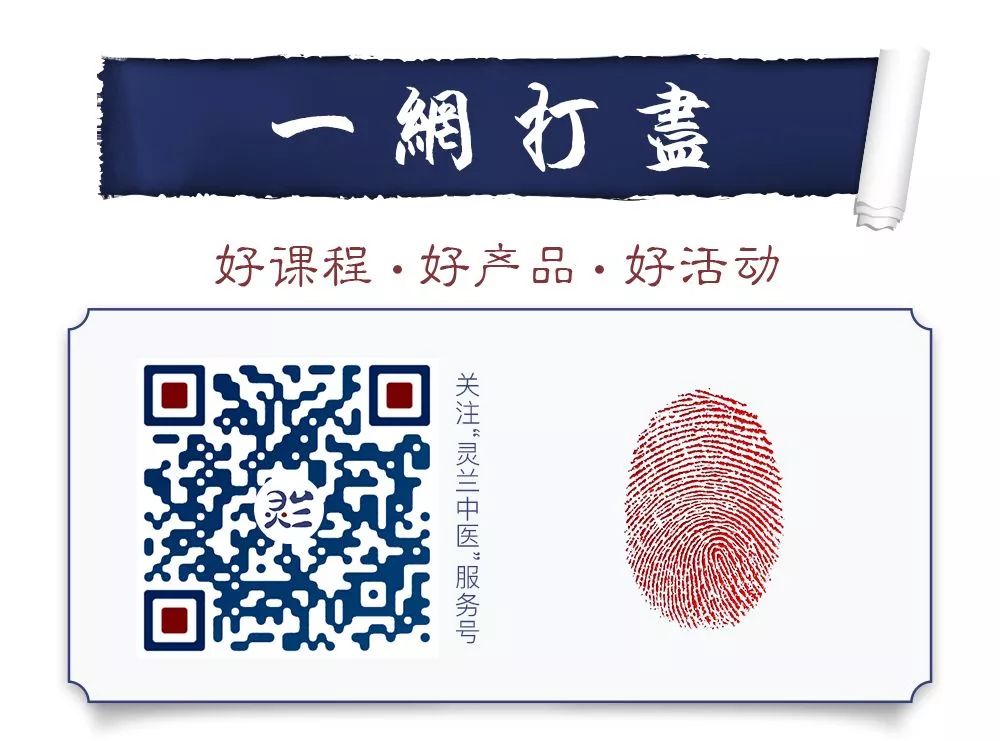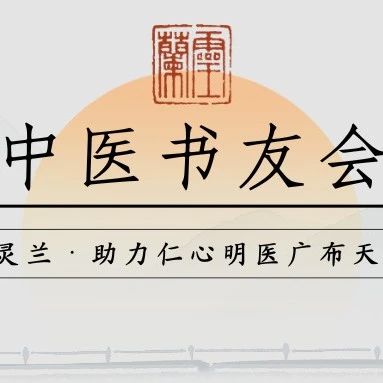
Chinese Medicine Book Club Issue 1968
One issue daily, accompanying the growth of TCM practitioners
IIntroduction:The Ear Apex (Er Jian) point is well-known among many readers, and in this article, the author also introduces four other points: Zhiyang (至阳), Yinjiao (阴交), Zhongchong (中冲), and Zhongzhijian (中趾尖). It is believed that learning from this article will greatly benefit your clinical practice with these single-point treatments. (Editor: Yan Qifeng)

Experiences in Single Point Treatment
Author: Wei Congjian Guidance: Zhou Meisheng
In acupuncture literature, it is noted that a single point can treat multiple ailments or that a single point can be used for a series of symptoms related to a specific organ. The “Lingguang Fu” has long pointed out: “Acupuncture at one point can eliminate multiple diseases; scholars should pay special attention to this.” Therefore, many acupuncture classics suggest that “if one needle is effective, do not use a second; if the second is effective, do not use a third; if three needles are ineffective, another method should be chosen.”
Currently, some acupuncturists use as few as ten needles, while others may use dozens or even hundreds, which can lead to confusion when summarizing experiences. Teacher Zhou Meisheng is known for his precise selection of points in clinical practice, achieving significant therapeutic effects and is well-received by patients. Below are brief introductions to several points.
1 Introduction to Single Points
1.1 Ear Apex (Er Jian)
Indications:
The traditional application range is limited to diseases of the head and face, such as headaches, nosebleeds, conjunctivitis, parotitis, and acute tonsillitis. However, clinical experience shows that it can be said to be effective for all diseases of the body. For example, respiratory diseases: upper respiratory infections, cough, and asthma; circulatory system diseases: angina, palpitations (irregular rhythm); digestive system diseases: abdominal pain, diarrhea; urinary and reproductive system diseases: renal colic, dysmenorrhea, urethritis, etc., are all effective. It is particularly noteworthy for soft tissue injuries throughout the body, especially lower limb soft tissue injuries, where its efficacy is especially remarkable, as it can immediately control pain and promote the absorption of hematomas. The ancients believed that Baihui (百会), Gaohuang (膏肓), and Yongquan (涌泉) symbolize the three talents of heaven, earth, and humanity, and can treat all diseases. If we add the Ear Apex, it should not only be considered the fourth but should take the top position.
Acupuncture Method:
Needles should be inserted bilaterally, with the right side being essential. Techniques such as three-edged needle bloodletting, filiform needle puncture, moxa grain moxibustion, and pressure can be freely selected. The universal moxibustion pen for quick moxibustion can replace all the above methods, making it more convenient and effective.
1.2 Zhiyang (至阳)
Indications:
This point and its surrounding area can be considered a concentrated area for the reflection of numerous diseases and a sensitive area for responses. In other words, many symptoms and diseases throughout the body can show positive pathological responses at Zhiyang and its surrounding points, especially with tenderness responses. Using Zhiyang or its surrounding reaction points can yield significant therapeutic effects. The ancient methods such as Si Hua (四华), Ba Hua (八华), and Qi Zhu Ma Jiu (骑竹马灸) for treating asthma and gastroesophageal reflux are all based on this area and are flexibly applied, especially in surgical purulent conditions. In fact, it is not limited to this; for example, respiratory system cough and asthma; circulatory system heart dysfunction; digestive system acute and chronic gastrointestinal diseases; urinary system diseases of the lower abdomen; musculoskeletal system joint and lower back diseases, etc., can all be effectively treated by applying this area.
Acupuncture Method:
Moxibustion is the primary method, with direct purulent moxibustion and buried moxibustion being suitable for chronic diseases. For new and acute diseases, gentle moxibustion, indirect moxibustion, fire needle moxibustion, universal moxibustion pen for quick moxibustion, medicinal vapor heat flow moxibustion, and bloodletting with needle puncture can all be appropriately used.
1.3 Yinjiao (阴交)
Indications:
The back is Yang, and if Zhiyang is the hub of the Yang points on the back, it focuses on diseases of the thoracic cavity. The abdomen is Yin, and Yinjiao is the guide for the Yin points in the abdomen, focusing on symptoms of the lower abdomen and the front and back Yin. Zhiyang can connect to the head, face, chest, abdomen, waist, back, and limbs, while Yinjiao can influence the head, face, chest, abdomen, and lower limbs. For example, dizziness and insomnia can be treated by selecting points below to draw Yang into Yin; lower back pain can be treated by selecting points in the back to draw Yang from Yin; chronic cough and weak asthma can be treated by tonifying Qi and nurturing the source, similar to Qihai (气海); numbness in the feet and knees can be treated by promoting circulation and relaxing tendons, more effective than Ren Shen and Huang Qi; sore throat can be treated by guiding fire downward; and kidney Yang deficiency can be treated by tonifying Yang and nourishing the kidneys. All these have practical examples and are not mere speculation.
Acupuncture Method:
Gentle moxibustion is the primary method, with indirect moxibustion, point moxibustion, medicinal vapor heat flow moxibustion, and fire needle moxibustion also applicable, while needle insertion is less common.
1.4 Zhongchong (中冲)
Indications:
The tips of the ten fingers and the twelve Jing points have the same function. The tips of the ten fingers and the twelve Jing points, besides affecting diseases of their respective meridians and organs, also have significant effects on lower abdominal and front and back Yin diseases, especially the middle finger tip being particularly useful. In addition to being commonly used for conditions such as epilepsy, high fever, insomnia, children’s night crying, bitter mouth, and hiccups, its effects are particularly remarkable for lower abdominal cold pain, orchitis, urinary retention, dysmenorrhea, and excessive menstruation. For example, using both the middle finger tips can be more effective.
Acupuncture Method:
For epilepsy and stubborn hiccups, three-edged needle bloodletting can be used, while for other new and mild conditions, the universal moxibustion pen for quick moxibustion can be effective.
1.5 Zhongzhijian (中趾尖)
Indications:
According to the relationship of the twelve meridians of Yin and Yang in the hands and feet, the tip of the middle finger is the Jing point of the Pericardium meridian, while the tip of the middle toe should correspond to the Jing point of the Liver meridian. Therefore, the middle toe tip should not be left as a blank point, and it should be considered the new Dadu (大敦) of the Liver meridian. All indications of Dadu can be applied to Zhongzhijian. For example, conditions such as dizziness, epilepsy, high fever, hypertension, headaches, bitter mouth, throat and tongue issues, dysmenorrhea, excessive menstruation, and orchitis can all show significant effects. If using Zhongzhijian alone does not yield significant results, it can be combined with the middle finger tips for enhanced effectiveness.
Acupuncture Method:
Filiform needle shallow insertion can be performed, leaving the needle for a few minutes. Three-edged needle bloodletting should not leave the needle. Moxa grain moxibustion of 2-3 cones, and quick moxibustion with the universal moxibustion pen for 5-7 times.
2 Precautions
2.1 Although the same point can be effective for many diseases in various locations, it does not mean that the same point and acupuncture method will be effective for all diseases in all locations. Different acupuncture methods must be employed according to different conditions to fully realize their effects.
For example, the tips of the middle fingers (toes) should use three-edged needle bloodletting for high fever and convulsions, while for dysmenorrhea, insomnia, and children’s night crying, point moxibustion is sufficient. Similarly, Yinjiao for lower back pain and lower abdominal diseases can be effective with conventional filiform needle techniques and three-edged needle bloodletting, but using gentle moxibustion can greatly enhance the effect. For Zhiyang, using moxibustion and three-edged needle bloodletting can significantly improve the effect compared to filiform needle techniques.
2.2 Attention should be paid to the relationship between single points and paired points. In clinical practice, single points should be the primary points, while paired points should be auxiliary. If the effect of the primary point is not obvious, auxiliary points can be added in a timely manner.
For example, using both the tips of the middle fingers can serve as an example, where there should be a distinction between primary and secondary, rather than adhering rigidly to fixed methods.
Recommended Reading
Three Years of Hiccups, Treated with One Point, Two Treatments and Cured
In the internal medicine emergency department, I used this point for urgent treatment, with rapid and safe efficacy.
|
I Copyright Statement
I Submission Email [email protected] |



